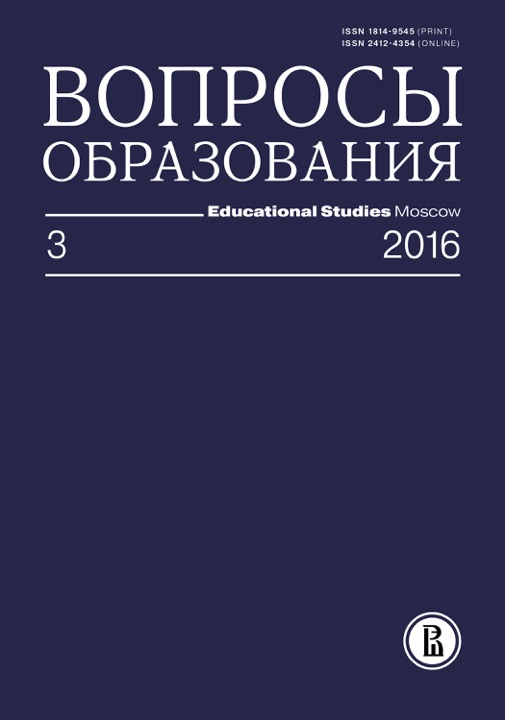Analysis of Real-World Math Problems: Theoretical Model and Classroom Application
Abstract
The Russian education standards stress the importance of real-life applications of mathematics. However, the performance standards do not provide a clear idea of how a math teacher should organize their syllabus to develop such skills in students. As long as there is no universal definition of a real-world math problem, it is rather uneasy to qualify the problems that teachers use in classrooms. We analyzed algebra problems that teachers give to secondary school students. 83 text problems were coded using three parameters: situational importance, mathematical modeling, and novelty of problem posing. We carried out a cluster analysis to identify typical categories of mathematical problems. As a result, we determined three types of problems differing in the abovementioned characteristics. Only one cluster appeared to feature all the tree characteristics typical of real-life word problems. Therefore, part of the problems that teachers give students as real-world fail to qualify as such according to the proposed theoretical model. secondary school, algebra, real-world math problems, everyday context, math word problems, transfer of learning, mathematical modeling.









